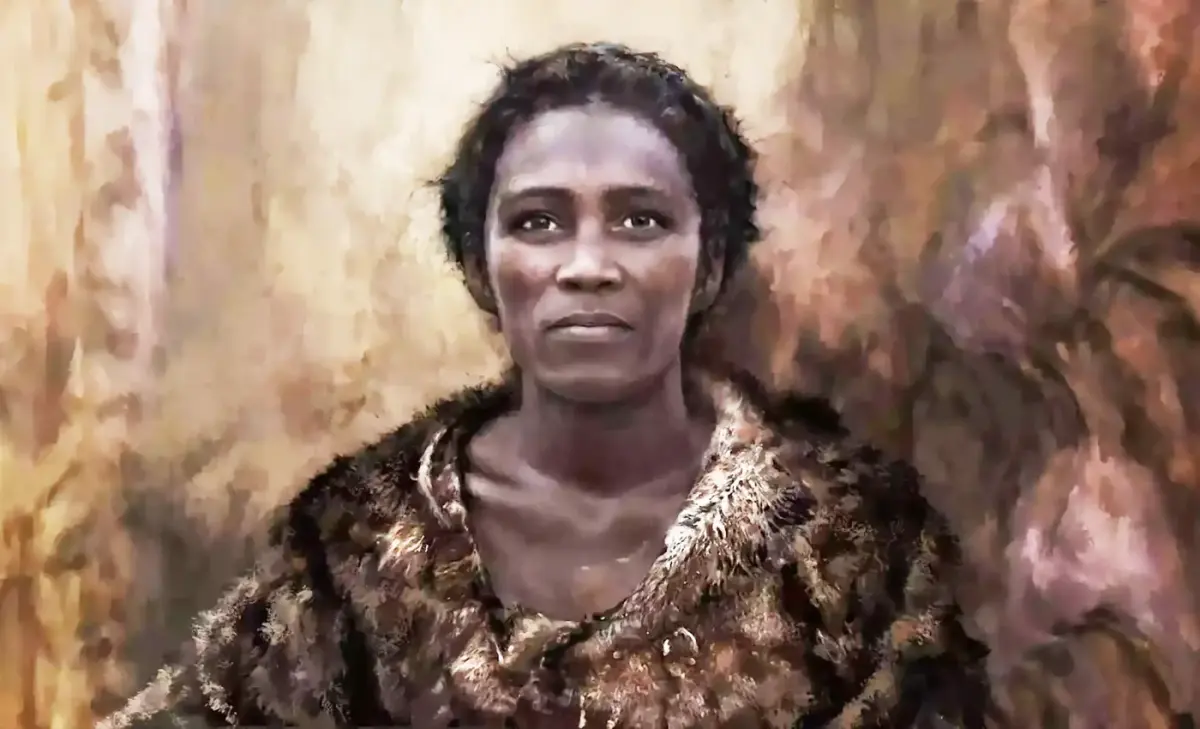According to the most common theory, modern humans left Africa about 60,000 years ago and mixed with Neanderthals. This interaction left two to three percent of Neanderthal DNA in the genomes of people outside Africa. However, the history of the first modern humans in Europe and their mixing with Neanderthals is not yet complete. A recent study sheds light on this episode and reveals new connections between early European humans and Neanderthals.
Understanding Neanderthals – The Basics
Neanderthals were our closest extinct relatives; They lived alongside early modern humans in Europe and parts of Asia for hundreds of thousands of years. They first appeared about 400,000 years ago and evolved until about 40,000 years ago. Contrary to the stereotypical image of big and sturdy cave dwellers, Neanderthals were actually quite knowledgeable people.
They built shelters, fashioned clothing from animal skins, and even created art and jewelry, displaying a level of creativity and culture that rivals our own. Neanderthals were physically well adapted to the cold climate of the Ice Age. They had a strong body with strong muscles, shorter limbs, and wider chests than modern humans, which helped them stay warm.
Perhaps their large noses warmed and humidified the cold, dry air they breathed. Neanderthals’ brains were also larger than ours; However, their brain structures were different; This shows that they process information in unique ways.
Zlatý kůň and Ranis sites
The Zlatý kůň site in the Czech Republic contains an important piece of this puzzle. There, archaeologists discovered an early modern human skull estimated to be 45,000 years old. Unfortunately, the cultural and archaeological context of this individual remains unclear. Nearby Ranis Ilsenhöhle in Germany has revealed another mystery.
Tools associated with the Lincombian-Early Jerzmanovit (LRJ) culture were preserved at the site, about 230 km from Zlatý kůň, but it was unclear whether they were made by Neanderthals or modern humans. Thirteen Ranis bone fragments had previously been analyzed and found to contain mitochondrial DNA from modern humans. But a small piece of the genome, mitochondrial DNA, could not clarify their broader genetic relationships.
The connection between Zlatý kůň and Ranis
This breakthrough came thanks to a new study published. NatureIt revealed the connection between Europe’s first modern humans and Neanderthals. Researchers from the Max Planck Institute for Evolutionary Anthropology analyzed the nuclear genome of thirteen Ranis specimens and found genetic links between Zlatý kůň and the Ranis population. Ranis’ bones represented at least six individuals, including a mother-daughter pair and other distant relatives.
“To our surprise, we found a fifth- or sixth-degree genetic relationship between Zlatý kůň and two individuals from Ranis,” said lead author Arev Sumer. “This means that Zlatý kůň was genetically part of the extended Ranis family and probably also produced LRJ-type tools.”
Also read – Scientists discovered a new deep-sea predator
The study also sequenced high-quality genomes from a skull found at Zlatý kůň and a well-preserved male bone from Ranis called Ranis13. These genomes represent the earliest high-quality modern human genomes sequenced to date.
A European with African features
Genetic analysis showed that individuals in Zlatý kůň and Ranis likely had dark skin, dark hair, and brown eyes. This is consistent with their recent African ancestry. By analyzing shared genetic segments, researchers estimated that their population consisted of only a few hundred individuals dispersed over a wide region.
Interestingly, the Zlatý kůň/Ranis group left no genetic legacy to later European or global populations. This small group represents a distinct lineage of modern humans that split off early after migrating from Africa.
Relationship between humans and Neanderthals
The Zlatý kůň/Ranis population coexisted with Neanderthals in Europe. But their genomes showed no evidence of recent interbreeding with Neanderthals. This contrasts with other early human groups in Europe that show such evidence.
“The fact that modern human groups that may have arrived in Europe later had such Neanderthal ancestors, but Ranis and Golden Raccoon did not, may mean that the older Golden Raccoon/Ranis lineage may have entered Europe via a different route or were not a match.” Details about the areas where Neanderthals lived,” says co-director Kay Prufer.
A common origin was revealed
Although early modern humans show no signs of recent Neanderthal admixture, they did have Neanderthal ancestors from an earlier event. By analyzing fragments of Neanderthal DNA and using radiocarbon dating, researchers estimated that this mixing occurred between 45,000 and 49,000 years ago.
“These results give us a deeper understanding of the early pioneers who settled Europe. They also suggest that any modern human remains older than 50,000 years old found outside Africa could not have been part of the common non-African population that interbred with Neanderthals and are now found throughout much of the world.” they also state,” said Sr., Johannes Krause.
First humans and Neanderthals in Europe
This research provides valuable information about the first settlers of Europe. The Zlatý kůň/Ranis group represents a distinct lineage of early modern humans with characteristics reflecting their African heritage. Despite their similarities and interactions with Homo sapiens, Neanderthals eventually disappeared, likely due to a combination of climate change, competition for resources, and possibly diseases introduced by migrating humans. Their stories remind us of the complex web of human evolution and the rich history we share with our ancient relatives. The study was published in the journal Nature.












